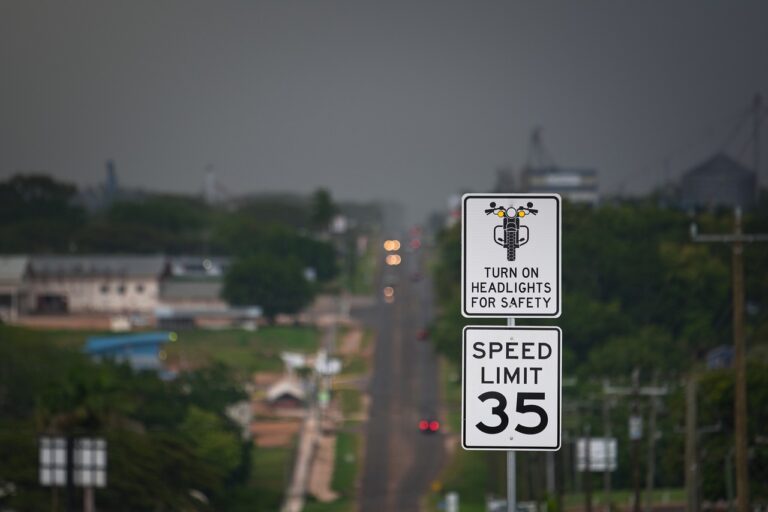The Evolution of Car Insurance in the Age of Autonomous Vehicles
Autonomous vehicles are fundamentally changing the landscape of the automotive industry and are poised to have a significant impact on insurance premiums. With the advancement of self-driving technology, the traditional factors that have historically determined insurance rates are being reevaluated by insurers. The improved safety features and reduced risk of accidents associated with autonomous vehicles have the potential to lower insurance premiums for vehicle owners.
Moreover, as autonomous vehicles become more prevalent on the roads, the dynamics of accidents are also expected to shift. With the majority of accidents currently caused by human error, the introduction of self-driving cars could lead to a decrease in the frequency of collisions. This change in accident patterns may prompt insurance companies to reassess their pricing models, potentially resulting in lower premiums for consumers who opt for autonomous vehicles.
The Role of Data and Technology in Determining Insurance Rates
The advancement of data and technology has revolutionized the way insurance rates are determined in the modern age. Insurers now have access to vast amounts of real-time data that allow for more accurate risk assessment and personalized pricing for policyholders. Through the use of sophisticated algorithms and predictive modeling, insurance companies can analyze a multitude of factors such as driving habits, mileage, and even weather patterns to tailor coverage plans to individual needs.
Additionally, technology plays a crucial role in enabling insurers to monitor and track policyholders’ behavior through telematics devices and smartphone apps. These tools provide valuable insights into a driver’s patterns and habits on the road, allowing insurers to reward safe driving practices with lower premiums. By leveraging data and technology in this way, insurance companies can create a more equitable and flexible pricing structure that reflects the actual risk profile of each policyholder accurately.
Changes in Liability and Coverage with the Rise of Autonomous Vehicles
As autonomous vehicles become more prevalent on the roads, the landscape of liability and coverage in the insurance industry is undergoing significant shifts. Traditional notions of liability, which typically assign blame to human drivers, are being reevaluated as the lines blur between human and machine responsibility in accidents involving autonomous vehicles. This shift raises complex legal questions about who is at fault in the event of a collision – the driver, the vehicle manufacturer, the software developer, or a combination of these entities.
In tandem with changes in liability, insurance coverage for autonomous vehicles is also evolving. Insurers are developing new products and policies to address the unique risks associated with autonomous driving technology. While some aspects of coverage may become more streamlined due to the decreased likelihood of human error, new types of coverage may be needed to protect against emerging risks such as cyber-attacks or system malfunctions in self-driving vehicles. These developments signal a fundamental transformation in the insurance industry, as it adapts to the challenges and opportunities presented by autonomous vehicles.
• As autonomous vehicles become more prevalent, the landscape of liability and coverage in the insurance industry is shifting
• Traditional notions of liability are being reevaluated as responsibility blurs between human drivers and autonomous technology
• Complex legal questions arise regarding fault in accidents involving autonomous vehicles – driver, manufacturer, software developer?
• Insurers are developing new products and policies to address unique risks associated with autonomous driving technology
• Coverage may become more streamlined due to decreased human error but new types of coverage may be needed for cyber-attacks or system malfunctions
How will the rise of autonomous vehicles impact insurance premiums?
The impact of autonomous vehicles on insurance premiums will vary depending on factors such as the level of autonomy, the safety record of autonomous vehicles, and the availability of data and technology for insurers to assess risk.
How do data and technology play a role in determining insurance rates for autonomous vehicles?
Insurers rely on data and technology to assess the risk associated with autonomous vehicles, including factors such as the vehicle’s performance, the reliability of the technology, and the frequency of accidents. This information helps insurers determine appropriate coverage and premiums.
What changes can be expected in liability and coverage with the rise of autonomous vehicles?
With the rise of autonomous vehicles, there may be shifts in liability from drivers to manufacturers or technology companies. Insurers may also need to adapt their coverage options to account for new risks and uncertainties associated with autonomous vehicles.
Will insurance coverage for autonomous vehicles be more or less expensive than traditional vehicles?
The cost of insurance coverage for autonomous vehicles will depend on a variety of factors, including the level of autonomy, the safety record of autonomous vehicles, and the availability of data and technology to assess risk. In some cases, insurance premiums for autonomous vehicles may be lower if they are deemed safer than traditional vehicles.







